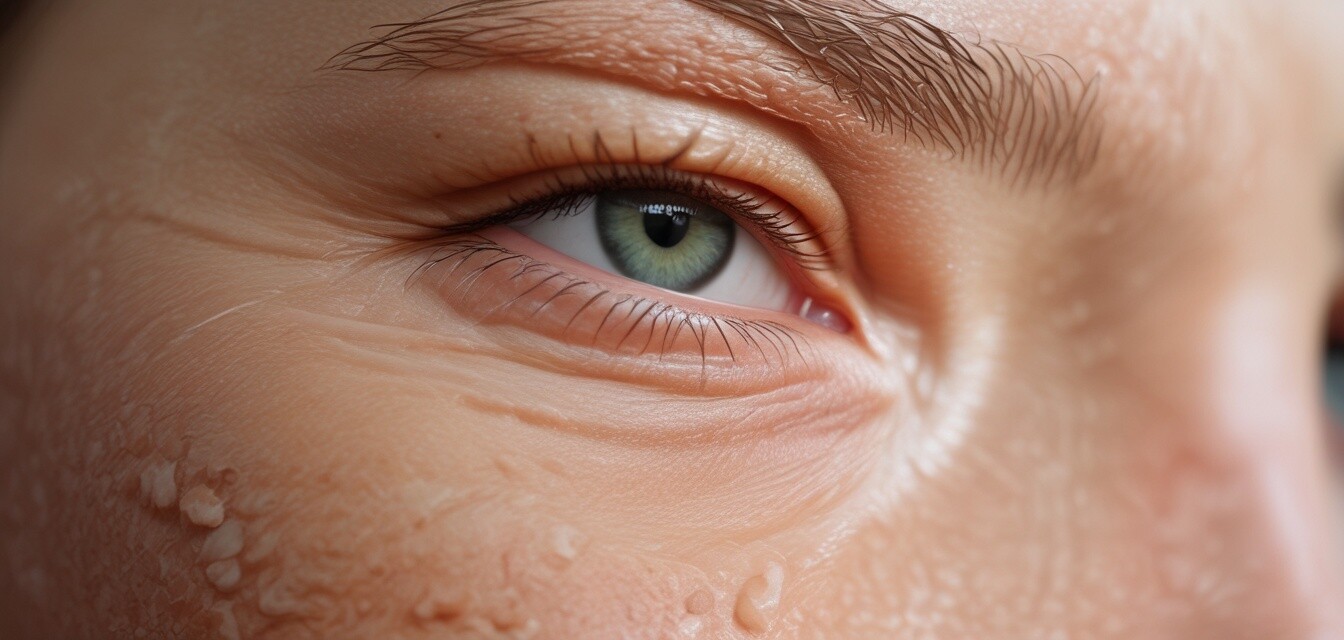
Recognizing Signs of UV Damage on Skin
- UV damage can manifest in various forms, including redness, dark spots, and premature aging.
- Protective clothing plays a critical role in preventing long-term UV damage.
- Awareness of early signs can help in taking timely action to protect skin health.
- Regular checks of your skin can help you spot any concerning changes.
In recent years, awareness of the risks associated with UV exposure has grown significantly. Recognizing the early signs of UV damage on your skin is crucial, as it allows you to take proactive measures to protect your skin and maintain its health. In this article, we will explore how you can identify these signs and the importance of UV protective clothing in preventing long-term effects.
What is UV damage?
UV (ultraviolet) radiation from the sun can have harmful effects on the skin. It can lead to short-term consequences like sunburn as well as long-term effects such as skin aging, pigmentation changes, and an increased risk of skin cancer. Understanding how to recognize these signs of damage is the first step in effective prevention.
Common signs of UV damage
| Sign | Description |
|---|---|
| Redness | Skin may appear red or inflamed after sun exposure, similar to a sunburn. |
| Dark spots | Uneven pigmentation may develop, resulting in areas that are darker than the surrounding skin. |
| Dry texture | Skin may feel rough or flaky, indicating damage and loss of moisture. |
| Wrinkles | Premature aging can appear as fine lines and wrinkles caused by sun exposure. |
| Freckles | Increased freckling or the appearance of new spots can occur, especially on sun-exposed areas. |
How to monitor for UV damage
Keeping an eye on changes to your skin is essential for early detection of UV damage. Here are some tips to help you monitor your skin's health:
- Examine your skin regularly, documenting any changes you observe.
- Pay attention to new spots or changes in existing freckles.
- Consider taking photographs of your skin to compare over time.
- Consult a dermatologist for regular skin checks if you notice significant changes.
The role of UV protective clothing
The right clothing can be your first line of defense against UV damage. UV protective clothing is specially designed to offer significant coverage and a high Ultraviolet Protection Factor (UPF) rating, which indicates how effectively the fabric blocks UV rays. Here are some benefits:
Pros
- Provides consistent protection without the need for reapplication.
- Offers convenience for outdoor activities.
- Can be more cost-effective than frequent sunscreen purchases.
- Many options include moisture-wicking and cooling properties for comfort.
Cons
- Initial investment can be higher compared to traditional clothing.
- Not all clothing types are created equal; it’s essential to look for appropriate certifications.
Types of UV protective clothing
When selecting UV protective clothing, consider the following types:
- Casual wear: Suitable for everyday activities with good coverage.
- Outdoor wear: Specifically designed for hiking, sports, and outdoor work.
- Kids' apparel: Tailored for children's size and sensitivities.
- Swimwear: Provides UV protection while enjoying water activities.
- Accessories: Includes hats, face masks, and other items for added protection.
Creating a comprehensive sun protection strategy
Alongside wearing UV protective clothing, consider adopting a holistic approach to sun protection:
- Apply a broad-spectrum sunscreen with at least SPF 30 on exposed skin.
- Seek shade during peak sun hours (10 a.m. to 4 p.m.).
- Wear sunglasses with UV protection to shield your eyes.
- Stay hydrated, especially in hot weather to support overall skin health.
Conclusion
Recognizing the early signs of UV damage on your skin is vital for maintaining skin health. Protective clothing plays a crucial role in preventing skin damage from UV rays, providing you with consistent defense. By staying informed and proactive, you can take steps to protect yourself and reduce the risk of long-term damage. Remember to check for any changes in your skin regularly and consult with a dermatologist when necessary. For more tips on sun safety, feel free to explore our Health and Safety Tips category.